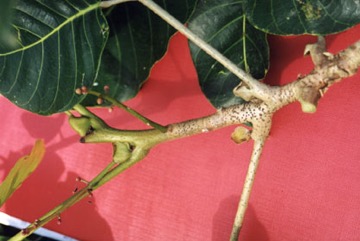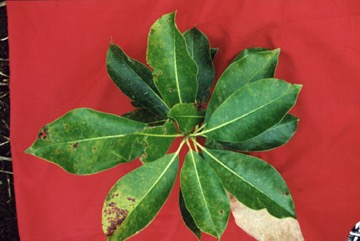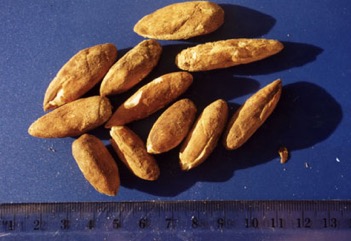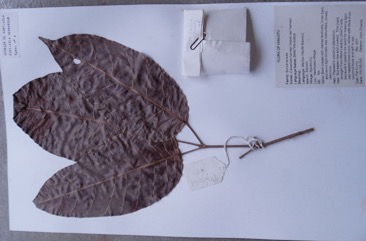Ngali

A tropical plant. It grows in dense forest from sea level to 600 m altitude. It is usually in areas with an annual rainfall of 1800-4000 mm per year. The annual average temperatures are 23-28°C.
Also known as:
'Ai, Ai, Kaunicina, Kaunigai, Mafoa, Makali, Nangai, Nangae, Angai, Gamagamba, Nyinga, Nolepo
Synonyms
- Canarium mafoa Christopherson
Edible Portion
- Nuts
Where does Ngali grow?
Found in: American Samoa, Fiji, New Caledonia, Niue, Pacific, Samoa, Solomon Islands, Tonga, Vanuatu, Wallis & Futuna
Notes: There are 80-95 Canarium species.
Status: An important nut in the Solomon Islands. It is cultivated.
Growing Ngali
Cultivation: Plants are grown from seed. The seed need to be sown fresh.
Edible Uses: The seeds are eaten. They are also smoked and preserved to eat later.
Production: Seedlings grown quickly. They can be transplanted into the field after 3-5 months. Flowers have been recorded from February to June and fruits between April to December.
Nutrition Info
per 100g edible portion| Edible Part | Energy (kcal) | Protein (g) | Iron (mg) | Vitamin A (ug) | Vitamin c (mg) | Zinc (mg) | % Water |
|---|---|---|---|---|---|---|---|
| Nuts | - | - | - | - | - | - |
Ngali Photos




References
Altschul, S.V.R., 1973, Drugs and Foods from Little-known Plants. Notes in Harvard University Herbaria. Harvard Univ. Press. Massachusetts. no. 1987
Evans, B. R, 1999, Edible nut Trees in Solomon Islands. A variety collection of Canarium, Terminalia and Barringtonia. ACIAR Technical Report No. 44 96pp
Franklin, J., Keppel, G., & Whistler, W., 2008, The vegetation and flora of Lakeba, Nayau and Aiwa Islands, Central Lau Group, Fiji. Micronesica 40(1/2): 169–225, 2008
French, B.R., 2010, Food Plants of Solomon Islands. A Compendium. Food Plants International Inc. p 162
Lebot, V. & Sam, C., Green desert or ‘all you can eat’? How diverse and edible was the flora of Vanuatu before human introductions?. Terra australis 52 p 410
Leenhouts, P.W., 1955, Canarium in the Pacific. Bernice P. Bishop Museum - Bulletin 216. p 35
Smith, A.C., 1985, Flora Vitiensis Nova: A New flora of Fiji, Hawai Botanical Gardens, USA Vol 3 p 470
Walter, A & Sam, C., 1995, Indigenous Nut Trees in Vanuatu: Ethnobotany and Variability. In South Pacific Indigenous Nuts. ACIAR Proceedings No 69. Canberra. p 57
Walter, A. & Sam C., 2002, Fruits of Oceania. ACIAR Monograph No. 85. Canberra. p 129
Wickens, G.E., 1995, Edible Nuts. FAO Non-wood forest products. FAO, Rome. p 111
World Checklist of Useful Plant Species 2020. Royal Botanic Gardens, Kew
www.pngplants.org